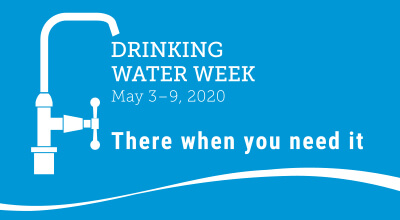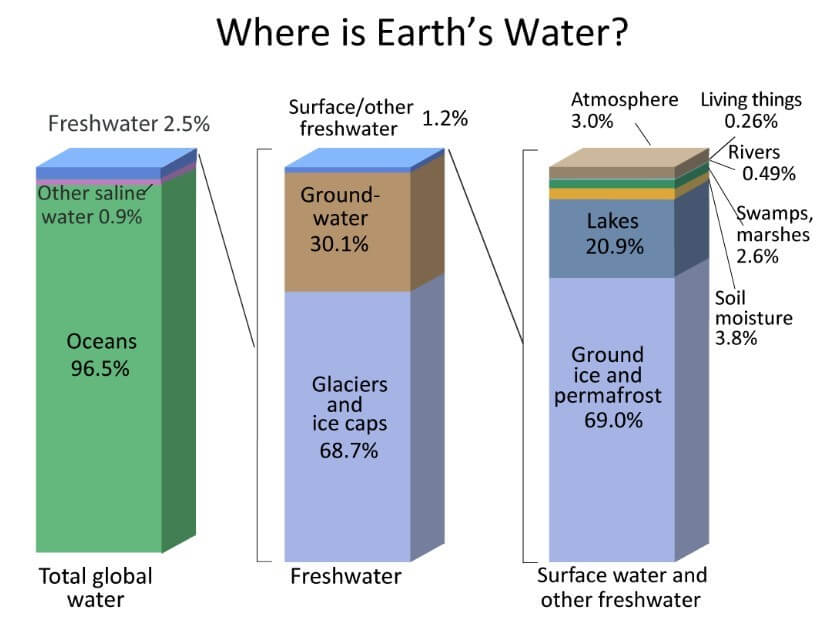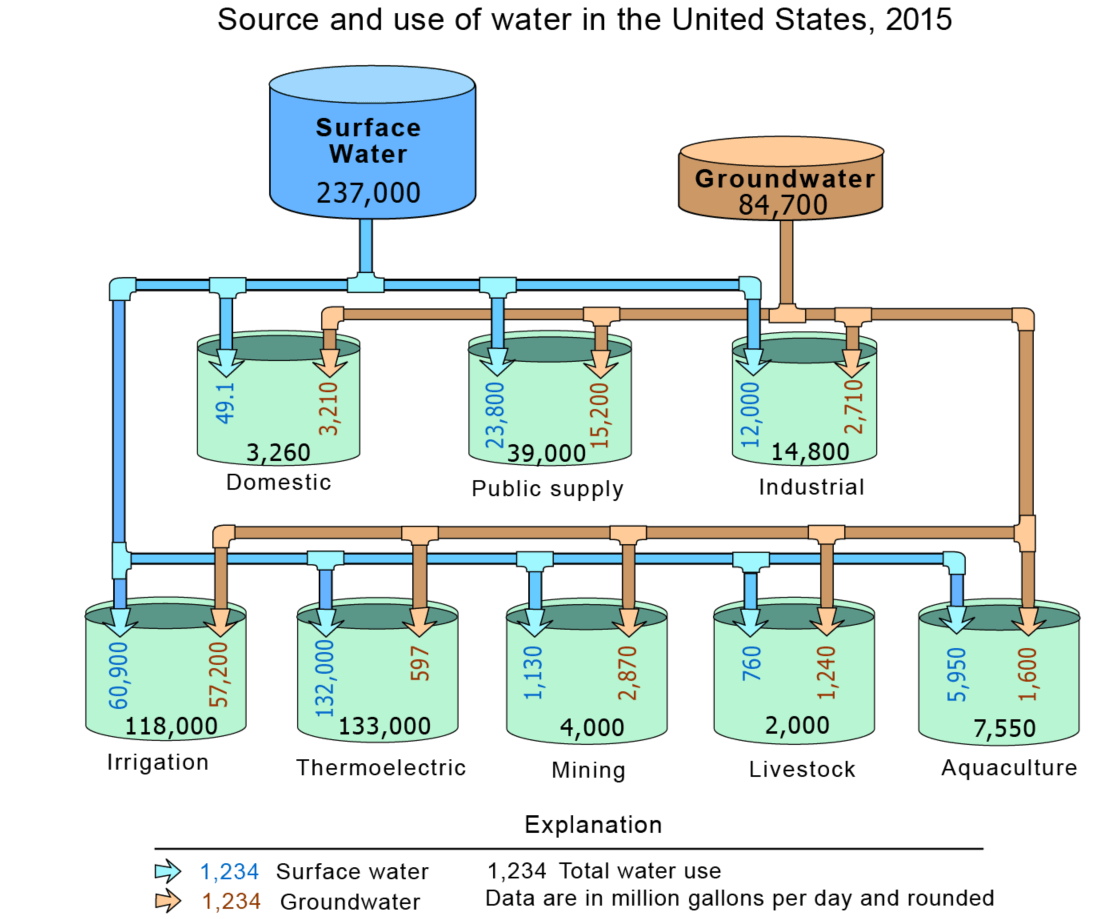
Water education is crucial for water conservation
Drinking Water Week is a great time for everyone in our city to recognize and appreciate that water is always there when we need it. This is a perfect time to learn more about our drinking water! Water conservation is frequently overlooked because water is a renewable resource. Although renewable, many communities around the world lack access to clean drinking water, and future projections show that more countries will face water scarcity. I will answer some questions that many people including myself had before gaining a better understanding of water conservation.
 If Earth is covered in water, why do we face water scarcity around the world?
If Earth is covered in water, why do we face water scarcity around the world?
It is easy to get confused about the amount of water humans and animals can drink. About 97% of Earths water is saltwater in the oceans. The 3% of water that is left is freshwater. Most freshwater is frozen in glaciers or stored deep underground as groundwater. That leaves only about 1% of freshwater for us to drink and share with wildlife. Click on the picture for more info.
Why do we need to save water if it is renewable?
This small percentage of water is all 7.5 billion people have. This tiny amount of water is not evenly distributed around the world. This unequal distribution of water is due to population growth, geography, climate, political, and economic problems.
- As population continues to grow, the demand on water increases.
- Places with hot and dry climates, like deserts, do not have as much freshwater. Many southwestern states in the US face this problem.
- As the average temperature of Earth’s climate rises, glaciers and ice caps melt. This is a huge percentage of Earths stored freshwater melting into the sea becoming saline.
- Many countries fight over resources. Even in the United States, we are seeing a huge debate over the usage of the Colorado River between 7 states.
- Many developing countries lack funds for infrastructure such as dams, reservoirs, treatment facilities and piping.
As you can see in the picture, irrigation is the largest consumer of water in the United States. It not only waters the crops we eat; it must be used to irrigate the crops our livestock eat and graze on. This also includes the irrigation of commercial and residential properties. That means lawns all around cities. Click the picture for more info.
Well why can’t we just take the salt out of ocean water?
I always used to ask this question, and the answer I always got was that it was way too expensive. So how much does it really cost? According to the Texas Water Development Board, it would take $658 million to build a desalination plant in Texas. (El Paso, Texas has the only desalination plant in Texas, which is largest inland plant in the world! El Paso Water desalinates brackish groundwater from the Hueco Bolson aquifer and can produce up to 27.5 million gallons of fresh water daily.) Not only is it costly, but the process of pumping out large amounts of water from the ocean takes a toll on marine life. Pumps suck up millions of plankton and small fish which are the base of marine ecosystems.
Now that I have answered some common questions, do you see the importance of water conservation?
Making educated decisions
Once somebody has researched and learned more about water, they will be able to make educated decisions on how they use it. Water conservation education will also help people make smart political choices that benefit our natural resource. People with a “save water” mentality will also make educated decisions on what they purchase. It’s important for everyone to know why water conservation is important so we can make changes and decisions that will help our future generations.



